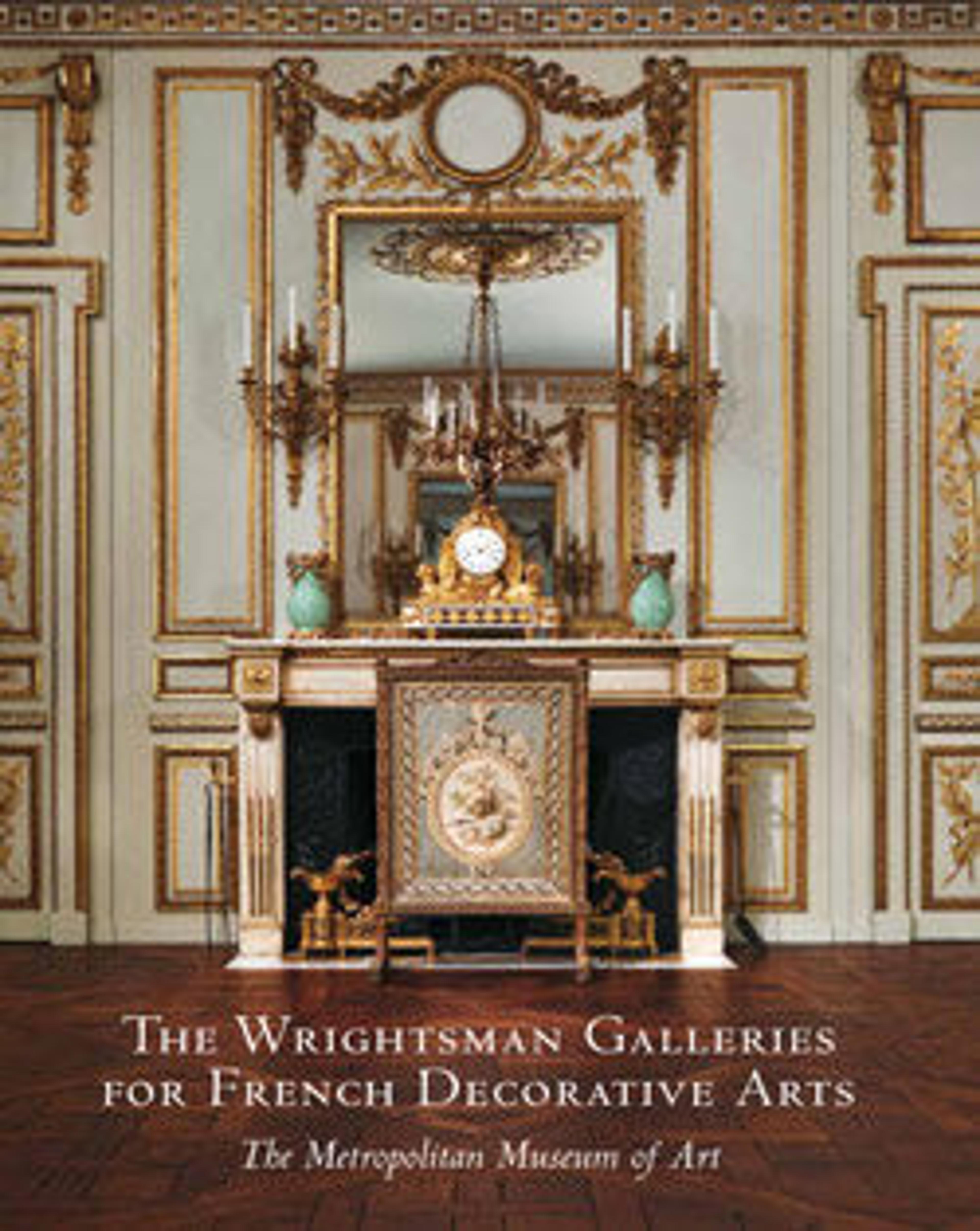Ewer and basin
Before the eighteenth century, custom called for the washing of hands at the table in a grand household. Often one servant held a basin for the diners while another poured water from a ewer. This practice was particularly important before the use of forks became widespread (see also 48.187.214, .215), but by the early eighteenth century, sets of matching forks, knives, and spoons were in common use. Thus, after about 1700 largescale ewers and basins were produced primarily for display purposes and would have been housed on a sideboard or a tiered buffet. By contrast, smaller ewers and basins such as this example were made for use as part of the toilette, the daily bathing and grooming ritual that took place in the bedroom.
The undulating line of the molded band at the neck of the ewer, the irregularly shaped cartouche beneath the spout, the molded swirling leaves on its cover, and the sinuous lines of the pierced handle show how the formal, highly organized decorative schemes of the preceding Régence period evolved into a new style in which curvilinear forms and the asymmetrical use of motifs derived from nature predominated. The snail on the handle of the ewer, its shell thumbpiece, and the undulating profile of the basin are other elements that reflect the influence of the new Rococo style, which reached its apex in the middle decades of the eighteenth century.
[Jeffrey H. Munger, 2010]
The undulating line of the molded band at the neck of the ewer, the irregularly shaped cartouche beneath the spout, the molded swirling leaves on its cover, and the sinuous lines of the pierced handle show how the formal, highly organized decorative schemes of the preceding Régence period evolved into a new style in which curvilinear forms and the asymmetrical use of motifs derived from nature predominated. The snail on the handle of the ewer, its shell thumbpiece, and the undulating profile of the basin are other elements that reflect the influence of the new Rococo style, which reached its apex in the middle decades of the eighteenth century.
[Jeffrey H. Munger, 2010]
Artwork Details
- Title:Ewer and basin
- Maker:Jean Fauche (ca. 1706–1762, master 1733)
- Date:1739–42
- Culture:French, Paris
- Medium:Silver
- Dimensions:Overall (ewer .411): 9 5/16 × 6 1/2 × 4 3/4 in. (23.7 × 16.5 × 12.1 cm);
Overall (basin .412): 2 5/8 × 8 9/16 × 13 15/16 in. (6.6 × 21.7 × 35.4 cm) - Classification:Metalwork-Silver
- Credit Line:Bequest of Catherine D. Wentworth, 1948
- Object Number:48.187.411, .412
- Curatorial Department: European Sculpture and Decorative Arts
More Artwork
Research Resources
The Met provides unparalleled resources for research and welcomes an international community of students and scholars. The Met's Open Access API is where creators and researchers can connect to the The Met collection. Open Access data and public domain images are available for unrestricted commercial and noncommercial use without permission or fee.
To request images under copyright and other restrictions, please use this Image Request form.
Feedback
We continue to research and examine historical and cultural context for objects in The Met collection. If you have comments or questions about this object record, please contact us using the form below. The Museum looks forward to receiving your comments.
